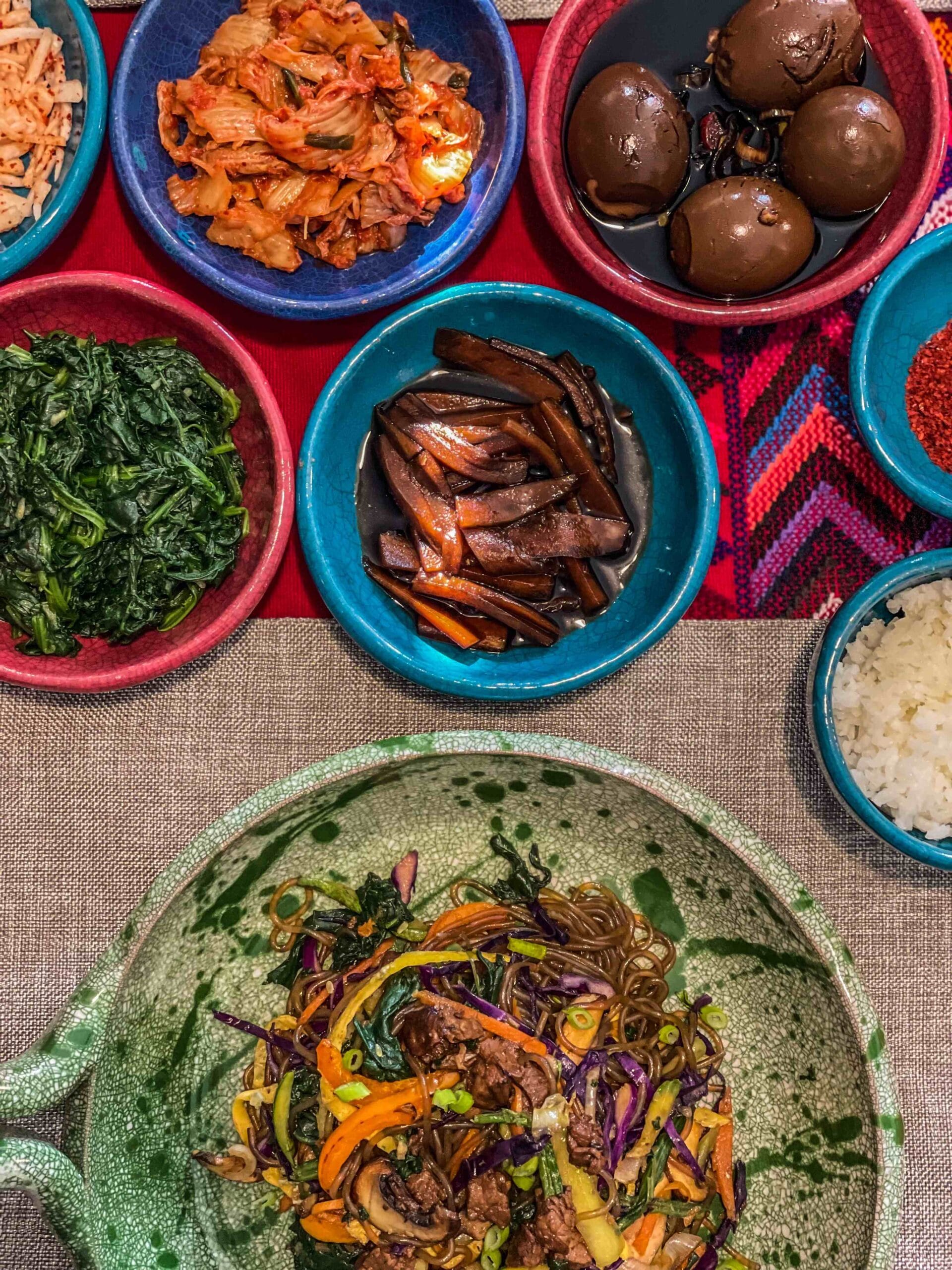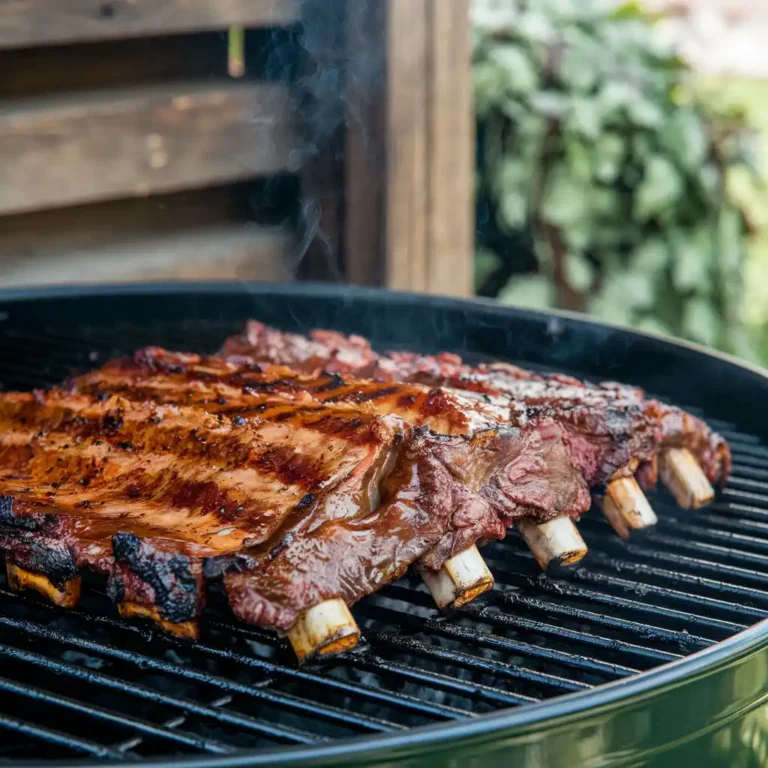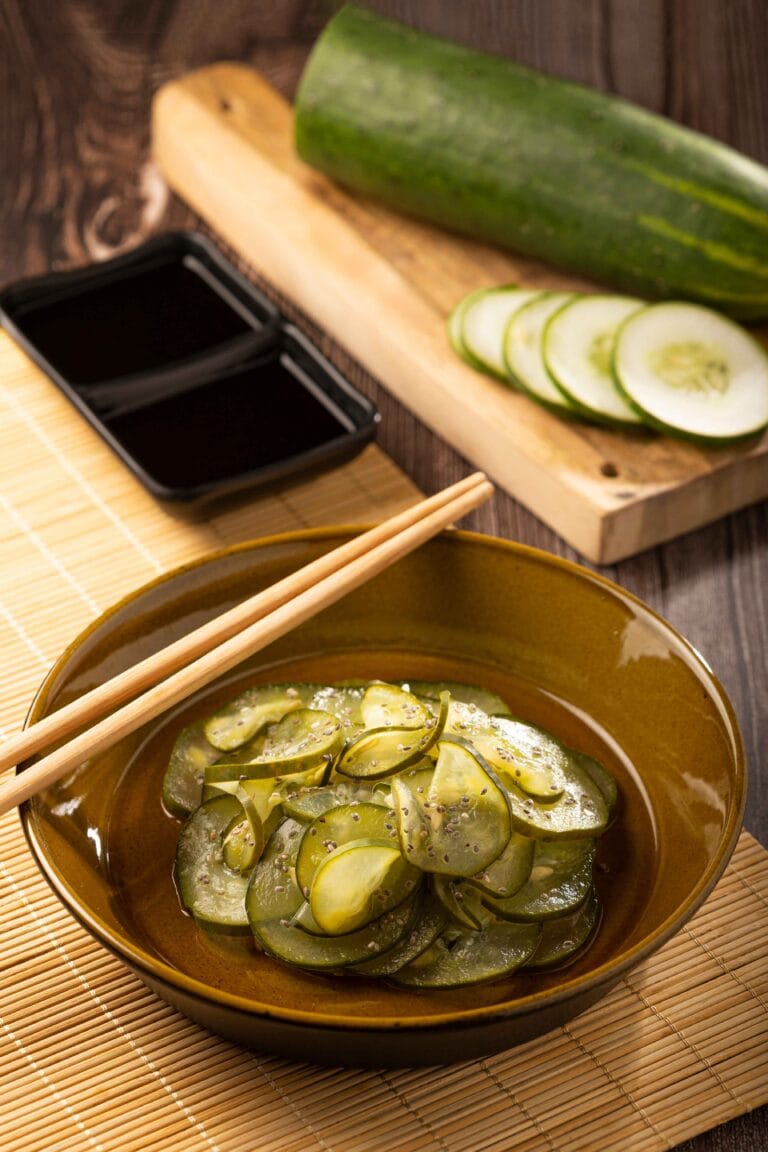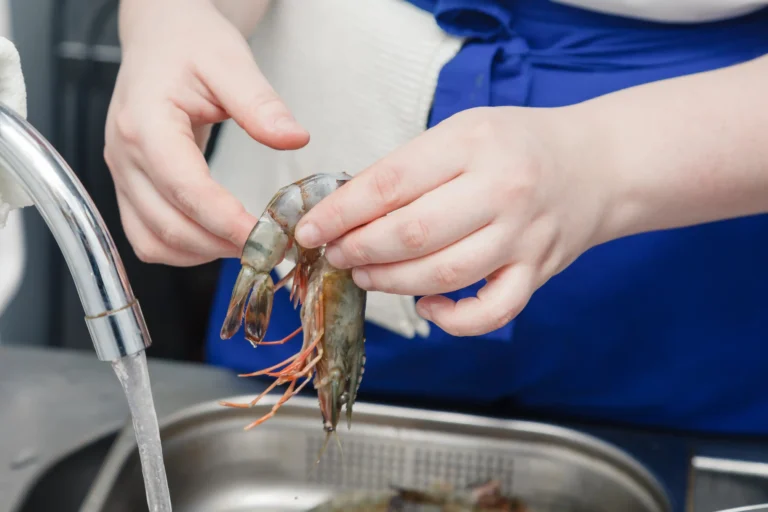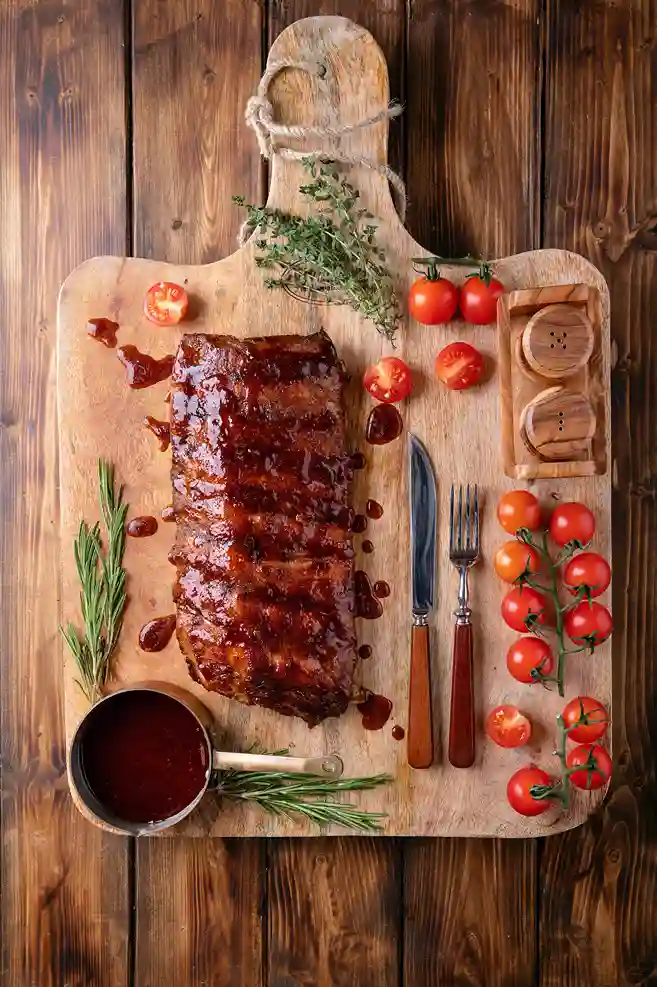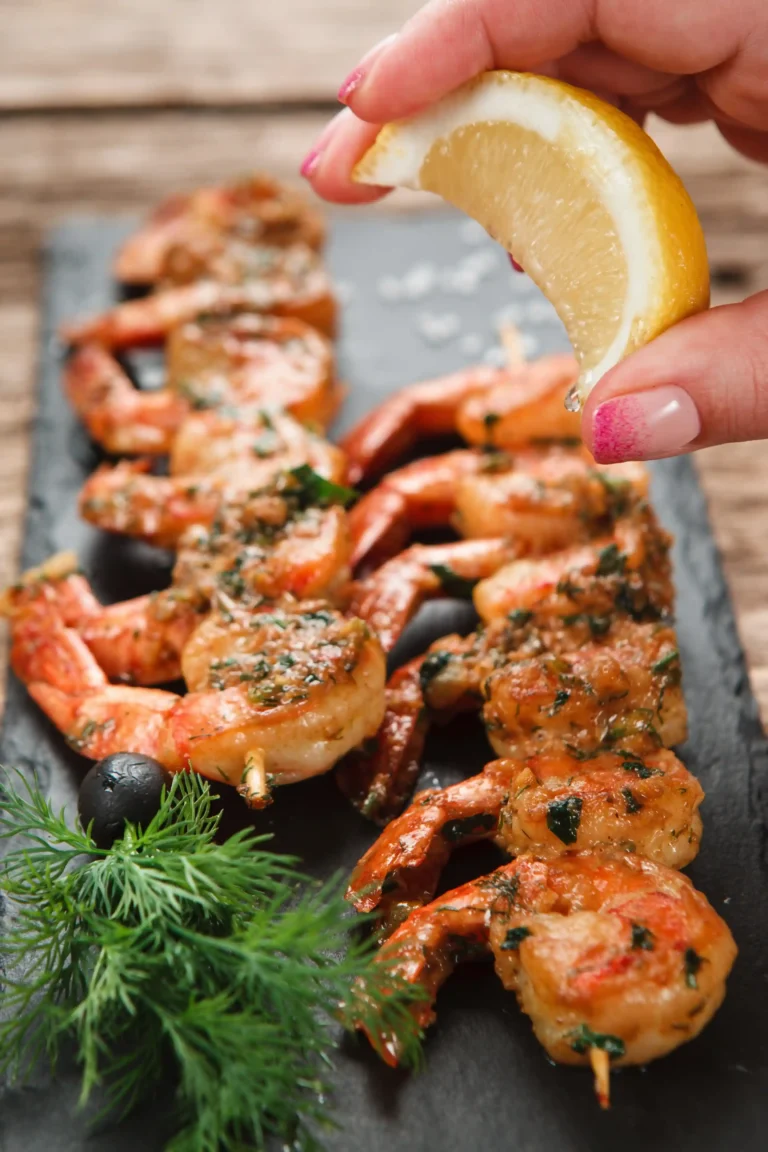What Are Popular Korean Side Dishes? A Guide to Must-Try Banchan
Korean cuisine showcases vibrant flavors, rich heritage, and balanced meals. Popular Korean side dishes, known as banchan, play a central role in every Korean table. These small dishes add variety, flavor, and nutritional balance to a meal. Koreans typically serve banchan alongside the main course, emphasizing their cultural focus on communal dining and complementary flavors.
From fermented delicacies like kimchi to savory pancakes and light vegetable dishes, popular Korean side dishes offer something for everyone. Whether you’re dining at an authentic Korean restaurant or trying your hand at cooking, understanding these dishes enriches the experience.
Follow this easy guide to prepare a refreshing and flavorful cucumber kimchi at home.
Kimchi: The Iconic Dish
What is Kimchi?
Kimchi is undeniably the most famous Korean side dish and a cornerstone of Korean cuisine. This traditional fermented vegetable dish, typically made with napa cabbage or Korean radishes, uses a seasoning blend of chili powder, garlic, ginger, scallions, and fish sauce. Its complex flavors combine spicy, tangy, and umami notes in perfect harmony.
People began making kimchi over 2,000 years ago as a way to preserve vegetables during harsh winters. Today, it stands as a globally recognized symbol of Korean food culture, enhancing dishes like stews, fried rice, and even fusion recipes like tacos or burgers.
Variations of Kimchi
Cabbage kimchi remains the most well-known, but Koreans have created over 200 varieties of kimchi. Some popular types include:
- Baechu Kimchi: The classic version made with napa cabbage.
- Kkakdugi: Cubed radish kimchi, offering a crunchier texture.
- Oi Sobagi: Cucumber kimchi, a refreshing summer favorite.
- Chonggak Kimchi: Young radish kimchi, often spicier and more pungent.
- White Kimchi (Baek Kimchi): A milder version that skips chili powder, catering to those who prefer a less spicy option.
Each type of kimchi varies in ingredients and preparation methods, often reflecting regional and seasonal preferences. For example, coastal regions may incorporate seafood into their kimchi, while inland areas rely on simpler vegetable-based recipes.
Health Benefits of Kimchi
Kimchi is not only delicious but also a powerhouse of health benefits. Thanks to its fermentation process, it is rich in probiotics, which promote gut health and digestion. It is also low in calories and packed with essential nutrients, such as vitamins A, B, and C, as well as dietary fiber.
Additionally, studies suggest that the compounds in kimchi, such as capsaicin from chili peppers and allicin from garlic, may boost metabolism and have anti-inflammatory properties. Regular consumption of kimchi has been linked to improved immunity and heart health.
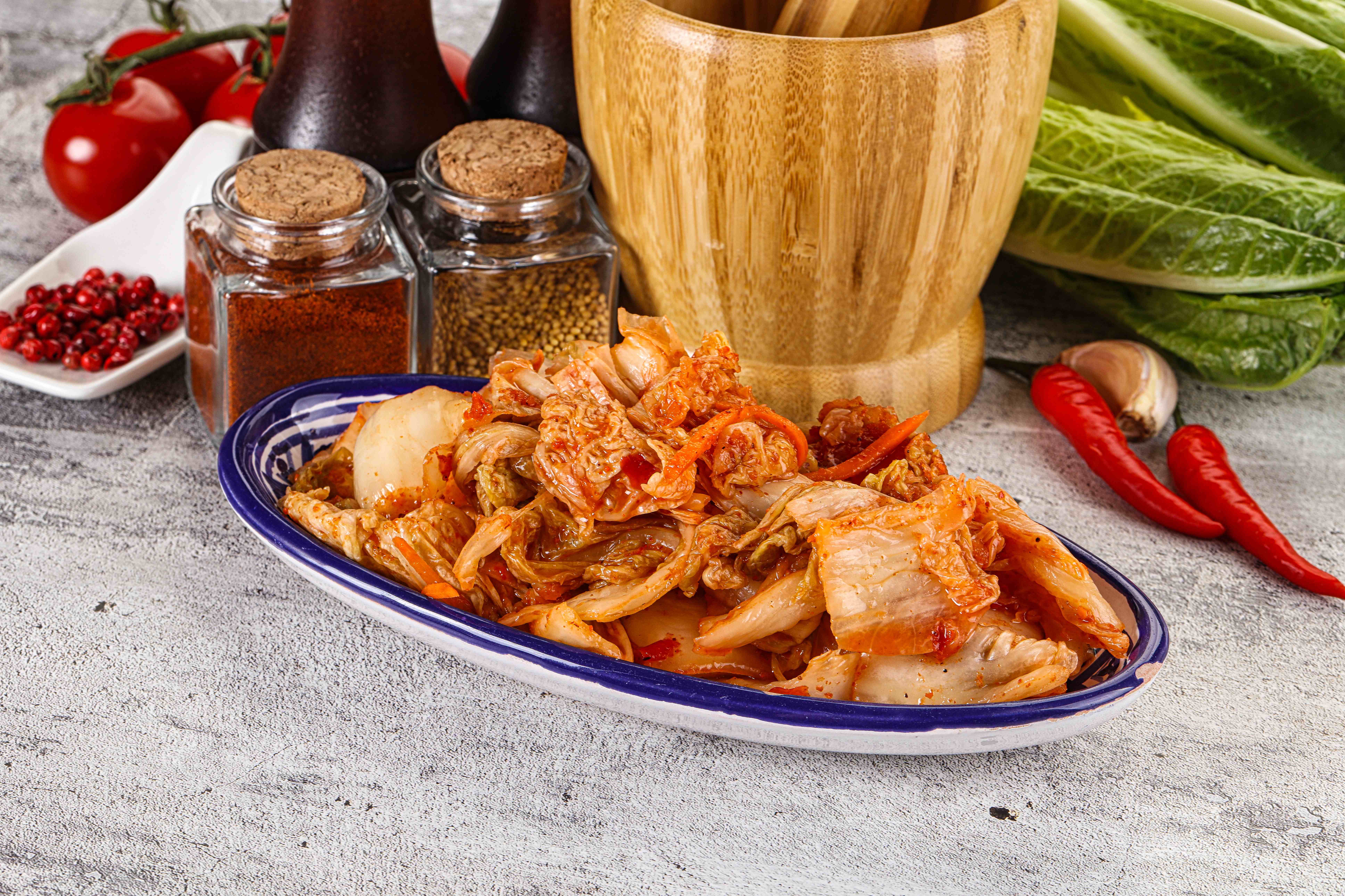
Vegetable-Based Side Dishes
Namul: Seasoned Vegetables
Namul refers to a category of Korean side dishes made from lightly seasoned vegetables. These dishes highlight Korea’s love for simple, natural flavors. Vegetables are blanched, sautéed, or marinated and then seasoned with sesame oil, garlic, soy sauce, or salt.
Popular Namul Types
- Sigeumchi Namul (Seasoned Spinach):
- A delicate side dish made by blanching spinach and tossing it with sesame oil, garlic, and soy sauce.
- Kongnamul (Seasoned Soybean Sprouts):
- A crunchy, nutty dish made from soybeans, often seasoned with sesame oil, salt, and a touch of garlic.
- Gosari Namul (Bracken Fern):
- A more earthy side dish, made by boiling fernbrake and seasoning it with sesame oil and soy sauce.
Preparation and Serving Ideas
Korean home cooks find namul dishes easy to prepare and convenient to make ahead of time, making them a staple in many households. Cooks often arrange namul alongside other banchan to create a balanced meal. The light seasoning highlights the natural flavors of the vegetables and pairs well with heartier dishes like soups or grilled meats.
Meat and Seafood Side Dishes
Bulgogi: Sweet and Savory Beef
One of Korea’s most beloved dishes, bulgogi translates to “fire meat.” This dish features thinly sliced beef marinated in a mixture of soy sauce, sugar, sesame oil, garlic, and sometimes grated pear or apple to tenderize the meat. It is typically grilled, pan-fried, or cooked over an open flame, giving it a smoky and caramelized flavor.
Bulgogi is often served as a side dish alongside rice and other banchan, although it can also be the main star of a meal. Variations include pork bulgogi (dwaeji bulgogi) and spicy versions with chili paste added to the marinade. Its sweet and savory profile makes it a universal favorite, even for those new to Korean cuisine.
Jangjorim: Soy-Braised Beef Strips
and sometimes boiled eggs. Cooks simmer the beef until tender and shred it into bite-sized pieces, making it easy to pair with rice.
The dish lasts a long time because the soy sauce preserves it, making it a popular addition to Korean lunchboxes. It also serves as a protein-packed accompaniment to other dishes. Some cooks use chicken instead of beef, and many enhance the broth with dried chili peppers or sesame seeds.
Ojingeochae Muchim: Spicy Dried Squid
Ojingeochae Muchim is a chewy and spicy side dish made from shredded dried squid marinated in a sweet and tangy sauce. The sauce typically includes gochujang (Korean chili paste), sugar, sesame oil, and minced garlic.
This dish delivers a bold flavor profile with a satisfying combination of spice and sweetness. It is a staple in Korean homes, enjoyed as a snack, side dish, or even a beer accompaniment. The chewy texture of the squid makes it a fun and flavorful contrast to softer side dishes like namul.
Savory Pancakes and Fried Dishes
Pajeon: Scallion Pancakes
Pajeon, a popular Korean savory pancake, highlights scallions as its main ingredient. The batter, made from wheat flour, rice flour, water, and eggs, creates a crispy exterior and tender interior. Many cooks add ingredients like shrimp, squid, or oysters to make haemul pajeon (seafood scallion pancake).
Cooks pan-fry pajeon until it turns golden brown and serve it with a dipping sauce made from soy sauce, vinegar, and a pinch of chili flakes. Koreans often enjoy this dish during rainy days, pairing it with makgeolli, a traditional rice wine.
Kimchi Jeon: Kimchi Pancakes
Kimchi Jeon is another savory pancake, but it features chopped kimchi as its star ingredient. The tangy and spicy flavors of the kimchi are balanced by the crispy pancake batter, creating a dish that is both hearty and flavorful.
This dish is perfect for using up aged kimchi, as its stronger flavors shine through when cooked. Like pajeon, it is best enjoyed with a soy-vinegar dipping sauce.
Gyeran Mari: Rolled Omelette
Gyeran Mari, a Korean rolled omelette, features beaten eggs layered with vegetables such as scallions, carrots, and sometimes seaweed or ham. Cooks prepare the mixture in a rectangular pan, roll it carefully into layers, and slice it into bite-sized pieces.
This dish is simple yet visually appealing, often featured in lunchboxes or as a light side dish. The soft and fluffy texture makes it a kid-friendly option, and it pairs well with rice and other banchan.
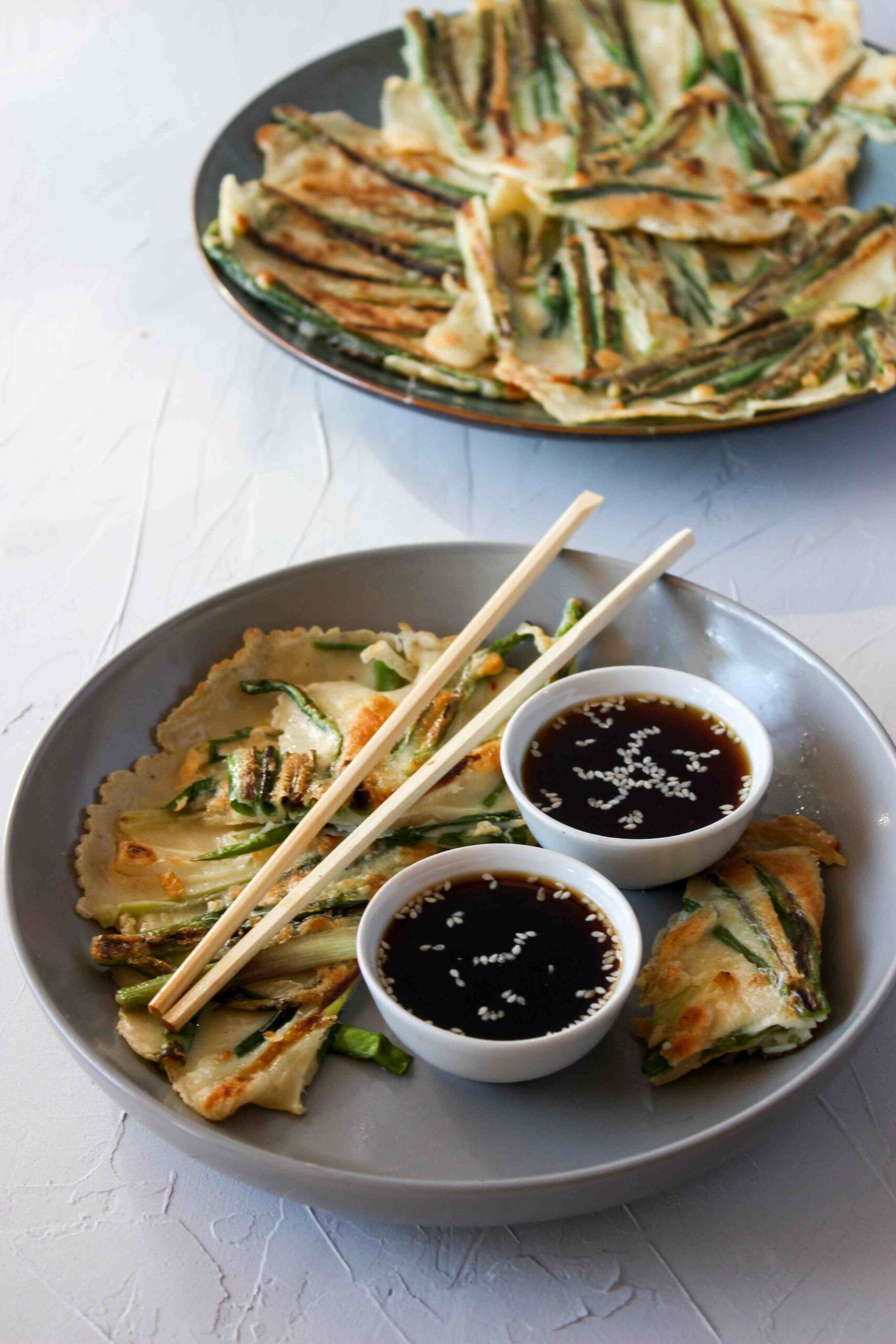
Fermented and Pickled Side Dishes
Jeotgal: Fermented Seafood
Jeotgal is a category of Korean side dishes made from salted and fermented seafood, such as shrimp, anchovies, clams, or squid. These dishes have a deeply savory and umami-rich flavor, often used as a condiment or paired with plain rice to enhance its taste.
Some popular types of jeotgal include:
- Saeu Jeot: Salted fermented shrimp, commonly used in kimchi recipes or as a seasoning.
- Myeolchi Jeot: Fermented anchovies, often served with a touch of sesame oil for extra flavor.
- Ojingeo Jeot: Fermented squid, known for its chewy texture and intense flavor.
Jeotgal is an acquired taste for many but is highly regarded in Korean cuisine for its ability to add depth and complexity to meals.
Learn about the ideal fermentation time for cucumber kimchi to achieve its best taste and texture.
Pickled Radishes and Other Vegetables
Pickled radishes, especially the bright yellow danmuji, are a popular accompaniment in Korean meals, often served with fried foods like Korean fried chicken or kimbap (seaweed rice rolls). Cooks pickle the radishes in a solution of vinegar, sugar, and turmeric, which gives them their signature tangy-sweet flavor and vibrant color.
Other pickled vegetables include:
- Pickled cucumbers: Crisp and refreshing, seasoned with chili flakes and garlic.
- Pickled garlic: Mildly spicy and tangy, enjoyed with rice and grilled meats.
- Pickled perilla leaves: A unique herbaceous flavor that pairs well with heavy dishes.
Pickling not only preserves vegetables but also enhances their flavor, offering a balance to the richness of meat or fried dishes.
Importance of Fermentation in Korean Cuisine
Fermentation is at the heart of Korean cooking, providing a way to preserve food while developing complex flavors. From kimchi to jeotgal and pickled vegetables, the process allows natural bacteria to create probiotics, adding nutritional benefits and deepening the dish’s taste.
Korean fermentation techniques often involve a mixture of salt, chili, and other seasonings, ensuring the food stays fresh while offering bold flavors. This tradition has been passed down for generations, contributing to the distinct identity of Korean cuisine.
Soups and Broths as Side Dishes
Miyeokguk: Seaweed Soup
Miyeokguk, or seaweed soup, is a light and nourishing dish made with seaweed, garlic, soy sauce, and beef or seafood stock. It is often served as a side dish, though it holds special cultural significance as a celebratory soup consumed on birthdays and after childbirth.
The seaweed is rich in nutrients like iodine and calcium, making miyeokguk both delicious and beneficial for health. Its mild flavor contrasts beautifully with spicier banchan, offering a refreshing balance.
Doenjang Jjigae: Soybean Paste Stew
Doenjang jjigae is a hearty Korean stew made with doenjang, a fermented soybean paste. This savory dish often includes tofu, vegetables like zucchini and mushrooms, and sometimes seafood or beef.
Served hot and bubbling, doenjang jjigae is a staple in Korean households, often accompanying rice and other side dishes. Its robust flavor, derived from the fermented paste, is comforting and deeply satisfying.
Role of Soups in Balancing a Korean Meal
Soups and broths play a crucial role in Korean dining, providing a soothing counterpoint to spicier or more robust flavors. They are typically served alongside multiple side dishes and rice, ensuring a balanced meal. Whether light or hearty, soups contribute to the harmony of textures and flavors that define Korean cuisine.
FAQs on Korean Side Dishes
What is the most popular Korean side dish?
The most popular Korean side dish is undoubtedly kimchi. This iconic fermented dish, typically made from napa cabbage or radishes, is a staple on almost every Korean dining table. Kimchi’s unique combination of spicy, tangy, and umami flavors makes it a versatile accompaniment to virtually any meal, from rice and soup to barbecue and noodles. Beyond its taste, kimchi is celebrated for its health benefits, such as being rich in probiotics and vitamins, making it a favorite not just in Korea but worldwide.
What veggies go well with Korean food?
Many vegetables pair well with Korean food due to their ability to balance bold and spicy flavors. Popular options include:
- Spinach: Used in dishes like sigeumchi namul (seasoned spinach).
- Bean Sprouts: A crunchy and refreshing side dish known as kongnamul.
- Zucchini: Often stir-fried or included in stews and pancakes.
- Carrots: Used as a colorful and slightly sweet addition to various dishes.
- Cucumber: Commonly pickled or served fresh for a cooling contrast to spicy foods.
These vegetables are typically seasoned with sesame oil, soy sauce, garlic, or chili flakes to complement Korean flavors.
What are traditional Korean vegetables?
Traditional Korean vegetables include a variety of greens, roots, and herbs that have been staples in Korean cooking for centuries. Some of the most common ones are:
- Napa Cabbage (Baechu): Essential for making kimchi and soups.
- Korean Radish (Mu): Used in soups, stews, and as pickles.
- Perilla Leaves (Kkaennip): Known for their herbal and nutty flavor, often pickled or wrapped around grilled meats.
- Fernbrake (Gosari): A traditional ingredient in bibimbap and namul dishes.
- Mugwort (Ssuk): Often used in soups and rice cakes for its distinct aroma.
These vegetables not only add flavor and texture but also reflect the seasonality and regional diversity of Korean cuisine.
Why do Koreans eat a lot of side dishes?
Koreans eat a variety of side dishes, known as banchan, to create a balanced and harmonious meal. This tradition stems from Korea’s communal dining culture, where meals are designed to be shared and enjoyed together. The variety in banchan ensures that every meal has a balance of flavors—spicy, sweet, savory, and tangy—as well as a range of textures and nutrients.
Another reason is the historical practice of preserving food. Many banchan, like kimchi and jeotgal, originated as ways to store food for long periods, particularly through fermentation. This tradition has evolved into a unique culinary culture that celebrates abundance and diversity on the dining table.
Conclusion
Korean side dishes, or banchan, are an integral part of Korean cuisine, offering a rich tapestry of flavors, textures, and nutritional benefits. From the globally beloved kimchi to lesser-known delights like dubu jorim and eomuk bokkeum, these dishes showcase the creativity and cultural heritage of Korean cooking. They not only enhance the main meal but also reflect the communal and balanced nature of Korean dining.
Whether you’re savoring the simplicity of seasoned vegetables, the boldness of fermented seafood, or the comforting warmth of soups and stews, Korean side dishes cater to every palate. Their variety ensures that no two meals are ever the same, making them a fascinating aspect of Korean culinary culture to explore.
For those new to Korean cuisine, trying banchan is a perfect way to start. They offer a glimpse into the heart of Korea’s rich food traditions, encouraging a deeper appreciation for the flavors and techniques that have stood the test of time.

